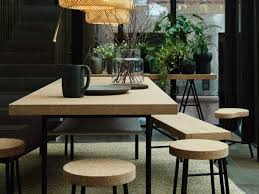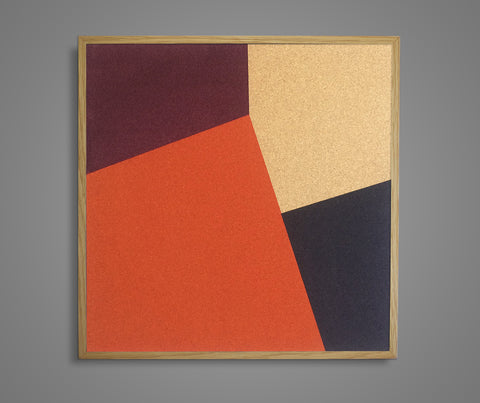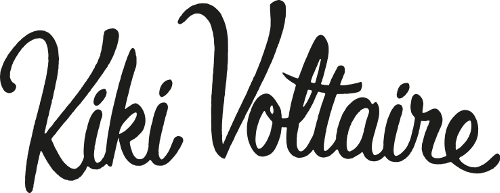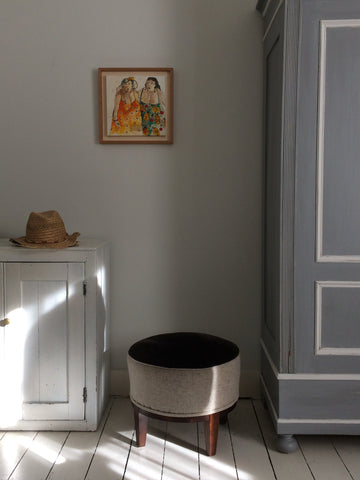News
Why buying vintage furniture is good for you and the environment. April 11, 2019 10:45
The trend for vintage furniture and decorative objects is still going strong. Added to this a “conscious consumption” movement which is gaining strength and a populous rediscovery of traditional craftsmanship, it makes perfect sense to buy vintage furniture for your home or office space.
Creating an individual interior
Over the last 15 years people’s love of buying vintage or retro furniture has grown and that trend is set to continue. Buying furniture made in the past 100 years gives you the opportunity to create a unique and stylish interior decor with a strong personality and a sense of history. Whether you mix pieces from different eras, re-create an interior in the mid-century style or mix old and new it will be an individual look!
Environmentally friendly
As well as beautiful aesthetics, vintage furniture has great environmental benefits. To start with you are preventing furniture from going to landfill. It is healthier for your home – as the furniture will have finished releasing the toxic fumes present in the finishing and glues. As we are more aware, the pollutants in our homes this is not negligible. If your new piece of furniture needs restoration, use natural materials where possible or discuss this with the artisan who will restore it for you.
Craftsmanship
Most of the vintage furniture which is still around and in a good condition tends to be well made some from solid wood, like our collection of Bridge chairs. You can test the quality of furniture by checking for sturdy frames, woodworm (which can be treated if not too extensive), drawers which run smoothly etc. Generally vintage furniture is less expensive than buying new furniture of the same quality.
If you need to restore the furniture, you can take it on as a project with the help of a couple of self-help books, a local community class, or alternatively, seek the help of a furniture restorer or upholsterer. The latter may require a bit more investment, but either way you will end up with a unique piece of furniture and preserve its history for less than buying a similar piece new. And it will last many more years!
Cork oak, the miracle tree September 27, 2017 04:23
Cork oak, the “miracle” tree
In 2015 I visited a wonderful exhibition at the Villa Noailles in Hyeres (France, Var), it is run yearly and is designed to rediscover raw natural resources from the Provence Cote d’Azur region, it was all about cork. Traditional artisans and young designers talked and exhibited their creation made of cork.
Maurice Junque, who runs the last regional establishment to grow cork manually in the Var region, talked with passion about the “miracle tree” because it is “fire retardant and self regenerates. But without human intervention to strip its bark, it would gradually disappear and the biodiversity of forest would be threatened”.
Artisans and designers who love sustainable material and want to keep alive the local “savoir-faire” (know how) are working hard to find new uses for this wonderful material. Indeed, since 1991 the European Union legislation is imposing synthetic corks for ready to use wine and the traditional market of cork bottle stoppers has now shrunk to almost nothing.

Why cork is a wonderful material
Cork is an impermeable and elastic material. The layer of bark that is harvested for commercial use, primarily from cork oak (Quercus suber), is endemic to southwest Europe and northwest Africa.
Because of its impermeable, buoyant, elastic, and fire retardant properties, it is used in a variety of products, the most common of which to date is wine stoppers.
Portugal produces approximately half of cork harvested annually worldwide. Other producers are Spain, Morocco, Algeria, Tunisia, Italy and France.
Cork Harvesting
Once the trees are about 25 years old the cork is traditionally stripped from the trunks every nine years, with the first two harvests generally producing lower quality cork. Bark from initial harvests can be used to make flooring, shoes, insulation and other industrial products. Subsequent extractions usually occur at intervals of 9 years, though it can take up to 13 years for the cork to reach an acceptable size. The oak cork trees live for about 300 years.
The workers who specialize in removing the cork are known as extractors. Nowadays, the Portuguese workers travel Europe to extract cork. Sadly in France, as the cork industry has greatly shrunk, we don’t know how to lift the cork anymore. Currently, the company Corticeira Amorim, is the world leader in the cork industry.

Environmentally friendly
Cork oak forests prevent desertification and refuge of various endangered species. The cork production is considered sustainable because the cork tree is not cut down to obtain cork; only the bark is stripped to harvest the cork. The tree continues to live and grow. Cork products and its by-products are also easily recyclable.
Cork uses
Cork's elasticity combined with its near-impermeability makes it suitable as a material for bottle stoppers, especially for wine. Cork stoppers now represent about 60% of all cork-based production.
Cork's structure and natural fire retardant make it suitable for acoustic and thermal insulation in houses. The by-product of more lucrative stopper production, cork board is gaining popularity as a non-allergenic, easy-to-handle and safe alternative to petrochemical-based insulation products.
It is also use in badminton shuttlecocks, baseballs and cricket balls, fishing floats, cork is often used as an alternative to leather in handbags, wallets,and other fashion items. In the South East of France, the “Couasses” is a large hollowed piece of cork used as a dish to serve the Bouillabaisse.
In 2015 Ikea launched Sinnerlig a collection of stools, benches and table mat made of cork designed by interior designer Ilse Crawford.

And of course, at Kiki Voltaire we use cork as backing for our notice boards so that you can pin into them. In our latest collection, a collaboration with Cath Bristow a fine art print maker, the cork material is at the fore-front and Cath has used cork sheets to print her designs onto it.


References: Wikipedia & Villa Noailles.


